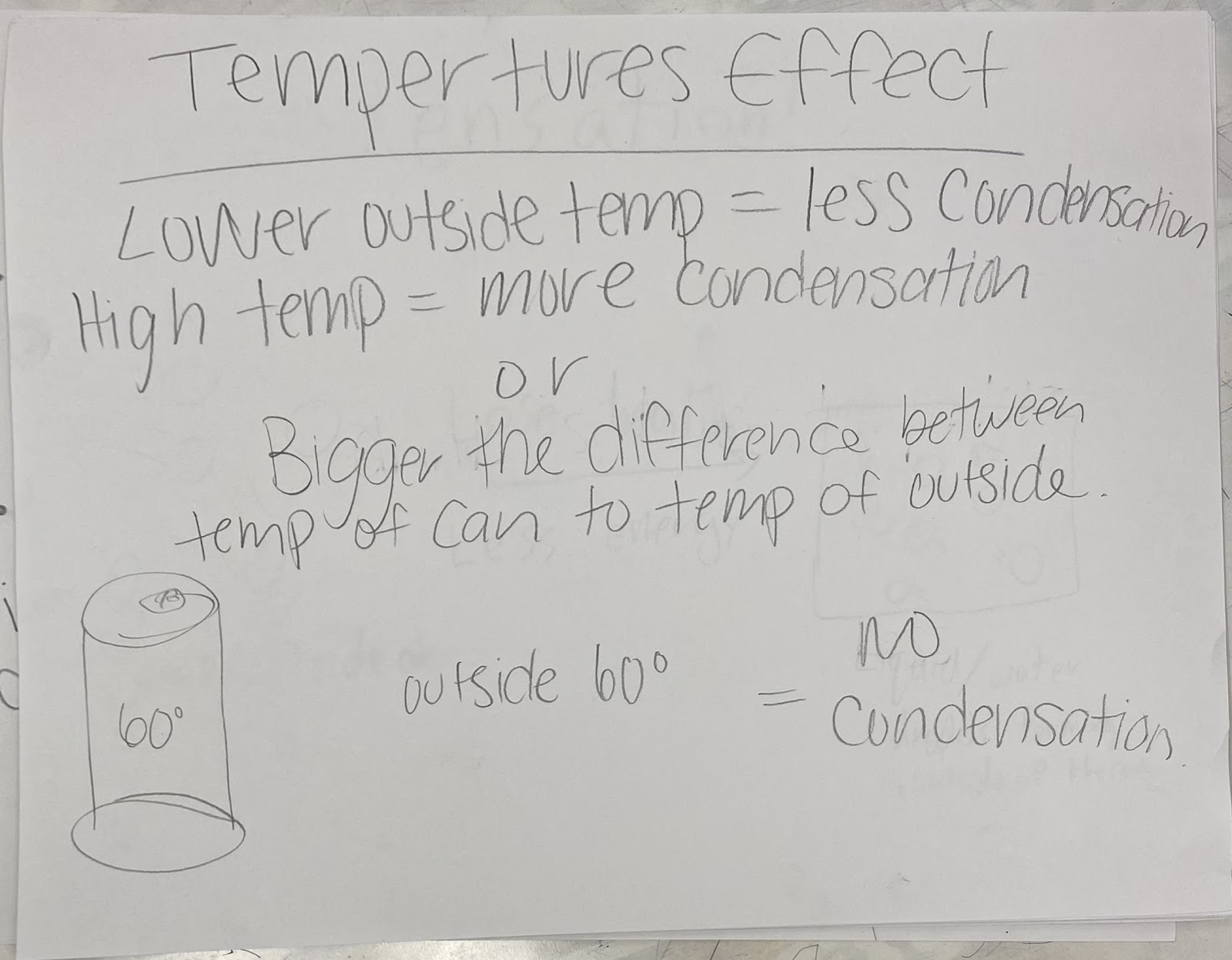Week 14: Plungers, Ice, and Condensation
What did you learn this week?
This week, I learned that plungers suction to things because of the force of air molecules pushing out from inside the plunger and in from outside the plunger. The force going both ways, but not letting any molecules actually go in or out causes the suction. I learned that a pot of water will boil faster with a lid on it. The lid traps the heated water molecules in so they continue to spread the heat to the other water molecules. If you take the lid off, the hottest and fastest water molecules will escape, taking heat and energy with them.
Are you able to relate what you learned to what you already knew?
I already knew that boiling water without a lid would let water molecules escape, but I didn't know that those were the hottest molecules that were escaping. But, it makes sense because they are leaving in the form of steam. I also already knew the basic concept behind condensation forming on cold drinks, but I didn't really know how to articulate it before this week.
What are new or remaining questions?
How big of a temperature difference is required for condensation to form on a cold drink? Does the same thing (water collecting on a cup) happen when a warm drink is in a really cold place? Or does something else happen with a similar concept?



Comments
Post a Comment